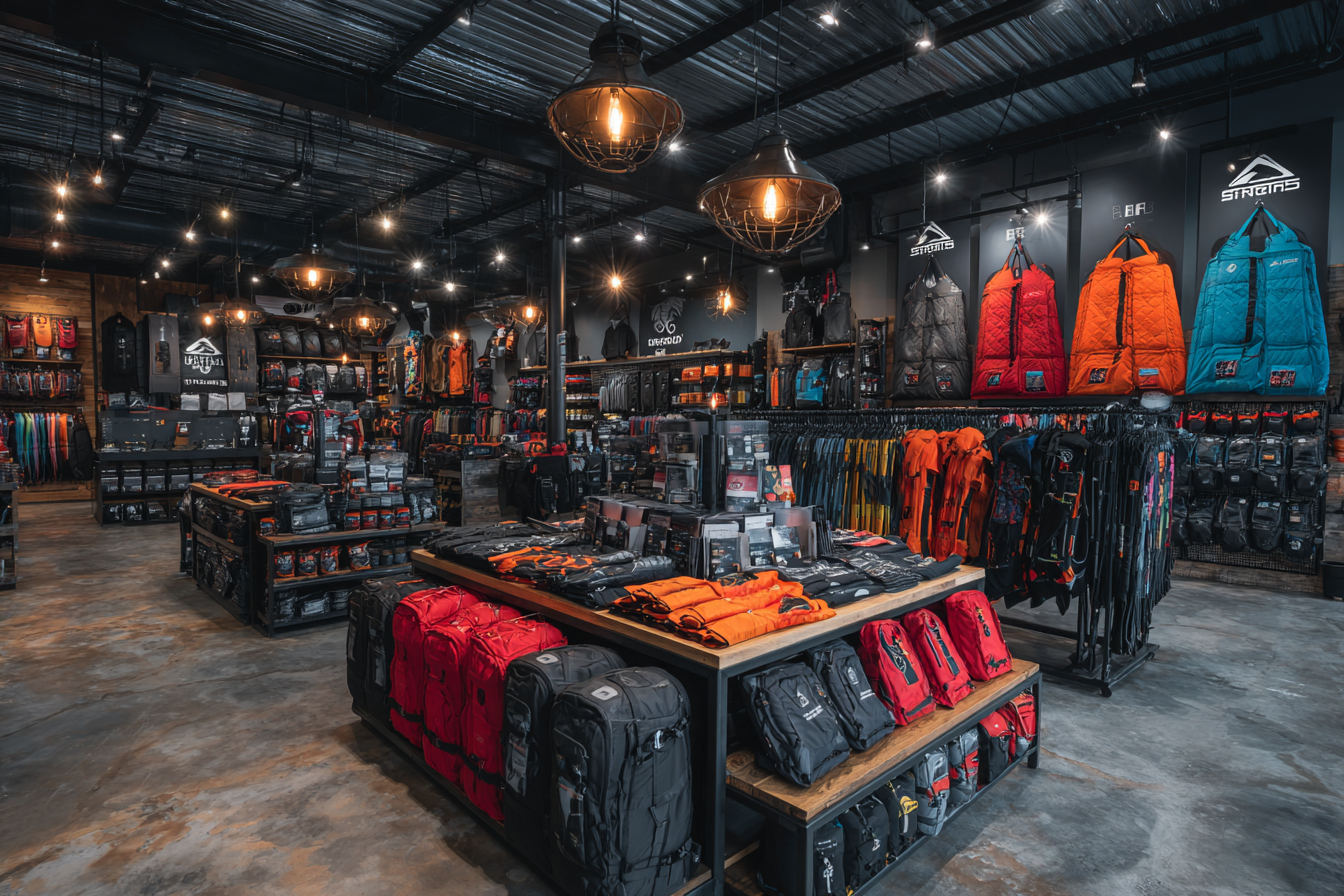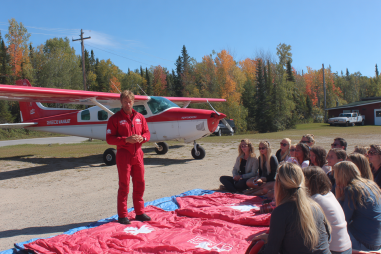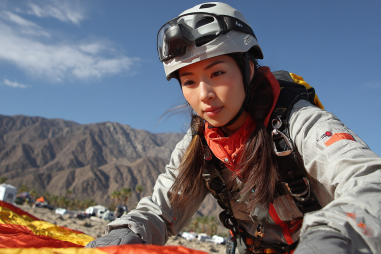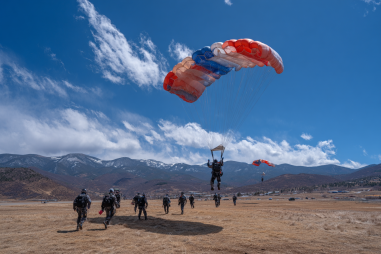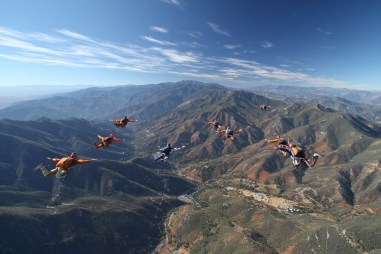Choosing the right skydiving gear is essential for both safety and enjoyment in this exhilarating sport. For beginners and seasoned jumpers alike, the array of equipment options can feel overwhelming. Whether you’re purchasing your first set or upgrading, knowing what to consider in each piece of your gear will help you make smart, informed choices. This guide breaks down the key elements of skydiving gear, providing helpful tips to select the right equipment that fits your needs and budget.
Overview of the Key Types of Skydiving Gear
Skydiving gear covers several categories, each playing a crucial role in your jump experience. The main pieces include:
- Main parachute: The canopy that controls your descent and landing.
- Container and harness: The backpack system that holds the parachute and secures it to your body.
- Reserve parachute: An additional parachute packed separately and intended for emergency use.
- Helmet: Protects your head and often enhances communication.
- Goggles: Shields your eyes from wind and debris during freefall.
- Altimeter: A device that measures your altitude, essential for timely parachute deployment.
Understanding the function of each component is the first step in selecting gear tailored to your jumping style and experience.
How to Choose Your Main Parachute
Your main parachute is arguably the most critical piece of your equipment, greatly influencing your control and safety in the air. When selecting a main canopy, factors to consider include:
- Size and wing loading: The size affects your fall rate and maneuverability. Wing loading is your weight divided by the canopy area (in square feet). Higher wing loading results in faster, more responsive descents, which may thrill experienced jumpers but can be more challenging for beginners.
- Canopy shape and design: Modern rectangular or elliptical canopies offer better performance and handling compared to traditional round parachutes.
- Material quality and brand reputation: Reliability and durability are paramount. Trusted manufacturers with strong safety records are preferable.
Beginners often benefit from larger canopies with lower wing loading, providing greater stability and more forgiving handling. As skill levels progress, jumpers may select smaller, sport-flying canopies to enjoy more dynamic control.
Picking the Right Container and Harness
The container and harness system holds your parachutes securely and ensures even distribution of forces during the opening and landing phases. Key points when choosing this crucial setup include:
- Fit and comfort: A well-fitting harness is essential for comfort and safety. It should be adjustable but snug to prevent shifting during the jump.
- Container size and type: Depending on the size of your parachutes and style of jumping, containers vary in profile and capacity. Some designs offer additional storage for other skydiving essentials.
- Ease of maintenance and inspection: Look for containers that are easy to inspect and pack if you plan to maintain your equipment personally.
- Certification and durability: Ensure the harness/container system meets recognized safety standards.
Custom fitting by a professional rigger is highly recommended to ensure the harness fits your body precisely, as comfort and safety go hand in hand.
Helmet and Goggles Selection Criteria
Protective gear like helmets and goggles enhance safety and comfort in freefall. When choosing helmets and goggles, consider:
- Helmet types: There are full-face, open-face, and skydiving-specific helmets. Full-face helmets provide maximum protection and reduce wind noise but might limit visibility slightly. Open-face helmets are lighter and preferred by many skydivers for better peripheral vision.
- Material and weight: Lightweight, impact-resistant materials like carbon fiber or fiberglass reduce strain on your neck during jumps.
- Goggles comfort and fit: Goggles must seal well around the eyes to prevent wind intrusion and offer wide fields of vision. Adjustable straps and foam padding improve comfort.
- Integrated communication: Some helmets offer built-in audio for communicating with instructors or other jumpers during training or group jumps.
Trying on different models for fit and comfort before buying is important, as these accessories will be worn on every jump.
Evaluating Altimeters and Technology Options
Accurate altitude awareness is vital for safe parachute deployment. Altimeters come in various types—mechanical, digital, and electronic wrist-mounted devices. Here’s what to consider:
- Mechanical altimeters: Traditional needle-style altimeters are simple and reliable but provide basic altitude information.
- Digital altimeters: These may offer additional features such as audible alarms, backlighting, and altitude memory.
- Advanced electronic systems: Some altimeters integrate with helmets or smart devices, providing real-time telemetry, deployment assistance, and jump logging.
- Visibility and legibility: Ensure the altimeter display is easy to read in varying light conditions.
For beginners, a reliable, easy-to-read mechanical or simple digital altimeter is usually sufficient. Experienced jumpers or professionals may benefit from additional tech features.
Budget Considerations and Quality Versus Cost
Skydiving gear is an investment in both safety and enjoyment, so balancing quality with budget is crucial. While it may be tempting to opt for lower-cost gear, consider these points:
- Safety standards: Never compromise on gear that doesn’t meet basic safety certifications.
- Longevity: High-quality gear tends to last longer and maintain performance over time.
- Maintenance costs: Some budget gear may require more frequent repairs or replacement parts.
- Resale value: Premium brands often retain their value better if you decide to upgrade or sell.
Setting a realistic budget and prioritizing safety and fit over flashiness can result in a satisfying purchase that supports your progression in the sport.
Where to Buy: New vs. Used Equipment
Choosing between new and used skydiving gear depends on several factors. Here are some considerations:
- New equipment: Offers the latest designs, warranties, and peace of mind, but at a higher cost.
- Used gear: More affordable and can be a great way to access higher-end gear, but requires thorough inspection and verification of condition.
- Trusted sources: Purchasing from certified dealers, reputable riggers, or well-known drop zones reduces risk.
- Inspection and packing history: Used gear should come with a detailed maintenance and packing log and ideally be inspected by a professional before use.
Many jumpers start with used gear from reliable sources to save money and then upgrade to new equipment as they become more involved in the sport.
Tips on Fitting and Sizing Your Gear
Proper fit is essential to comfort, safety, and performance. Here are tips for fitting your skydiving gear:
- Harness sizing: Measure your chest, waist, and leg lengths accurately. Most harnesses come in standard sizes but are adjustable within certain ranges.
- Trying gear on: Always try on harness-container combos and helmets before purchasing. Movement restrictions or discomfort can be dangerous in freefall.
- Consulting professionals: Professional riggers or experienced jumpers can provide fitting assistance and advice based on your body type and jump style.
- Adjusting for layers: Consider clothing and thermal layers you will wear under your gear to ensure your fit remains snug but comfortable.
Investing time into proper fitting will pay off with safer and more enjoyable jumps.
Making a Smart Investment in Skydiving Gear
Choosing the right skydiving gear is a vital step towards safe and rewarding jumps. By understanding the function of each component and considering your experience level, jumping style, and budget, you will be well-prepared to select equipment that suits your needs. Prioritize quality, proper fit, and safety standards whether you opt for new or used gear. Remember, well-chosen and properly maintained skydiving gear not only protects your life but also enhances your overall skydiving experience. Take your time, ask questions, and enjoy the freedom of flight with confidence.

